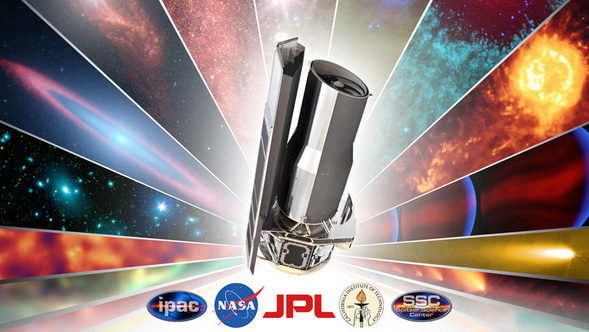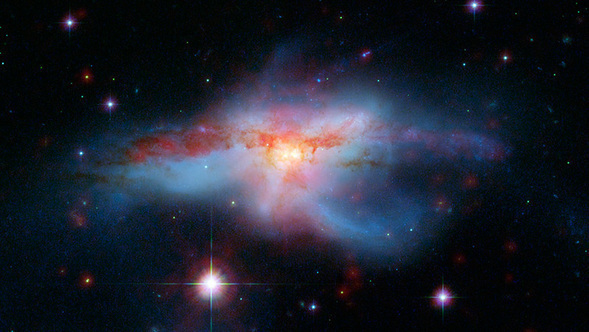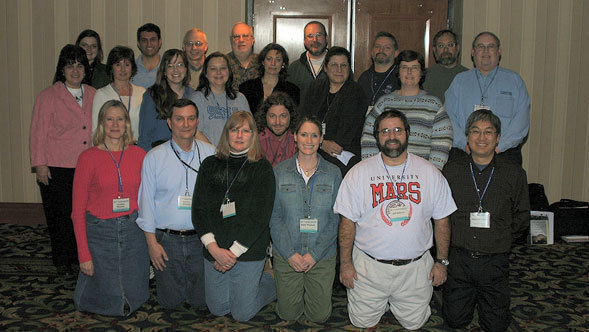
By Michelle Cluver | October 26th, 2009
Admittedly the U2 concert received more media coverage, but the "Reionization to Exoplanets: Spitzer's Growing Legacy" conference is also rocking Pasadena and will be until Wednesday. It has been six years since Spitzer launched and this conference will be showcasing the science it has cultivated. I should add that the conference has to be a "highlights package" given the huge amount of publications and discoveries directly connected with Spitzer. Also, even though Spitzer is now in its warm mission, there is an enormous amount of science from the cold mission that is still being done (and will be for the next few years, if not decades) as data continues to be analysed and studied.
This morning's session was all about exoplanets, which is an area outside my science "comfort zone". This is one of the great things about attending a conference which covers a broad range of topics in that one gets a flavour for the broader science being done in astrophysics, and specifically by Spitzer.
It was pretty amazing to hear that over 400 exoplanets have now been identified (to me it feels like just the other day that the first one was discovered). Not only that, but planets that are just a few Earth masses are being found, and much further out in their solar systems. Things have come a long way!! It was clear that the data that has been streaming in from Spitzer and other missions (and definitely what will come from Kepler!) has revolutionised this field to the point that it is driving the modeling and theory (having lots of data to model and understand is a great way to do science!).
Various techniques are used to study the chemistry and conditions of the exoplanets. The absorption and emission of molecules say a lot about what's going on in their atmospheres and even the temperatures and pressures can be modeled. These planets are SO far away and SO tiny, but it's actually possible to know that there is carbon dioxide, methane (and potentially water vapour) and also figure out how parts of the planet are being heated as it goes around its sun. The only problem is that when we find Earth-like planets in the "habitable" zones (not too hot, not too cold - think Goldilocks, but with planets) of their solar systems, we would need a Stargate to get there. But, right now we are taking the first steps in exploring the other worlds in our Galaxy. Pretty cool...
 Universe Expanding
Universe Expanding
 Hello!
Hello!



